Delhi
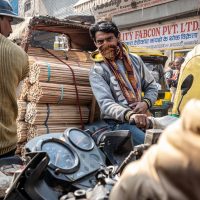
My first two days in India were in Delhi. A somewhat crazy city with its daunting reputation of crime and pollution preceding it. Unsafe for women, rampant with pickpockets and thick with pollution. Obviously I survived well beyond the two days. Armed guards at ATMs was a little daunting at first, but add this to being pushed to the front of the queue because I was a women, and it really did become a surreal experience
Cutting through that heavy grey air on my first morning I set out to meet Adivida my guide from Reality Tours. An NGO which provides education for kids and young people in poverty. Some of the young people then have the opportunity to work as guides, bringing more money to the program and earning enough to support themselves.
Sanjay Colony is an illegal community, meaning it’s under threat of being buldozed, occupied mainly by migrant workers. Once a shantytowns of tin, plastic and cardboard the houses are now more robust and stable. Tiny winding streets an arms width. Single room piled on single room, where life wanders out on to the roof and the multiple family occupants spill outside.
Around the sparkling new metro stop are equally unregulated workshops. Women sit on the road outside, squatting amongst the filth of life in all weathers, while they sort rags and remnants into bags by colour. Cloth to be reduced back to thread .
From Sanjay to Old Delhi for an extended lunch, sampling street food in this slightly more frenetic part of town. Streets lined with tiny shops. Goods overflowing into pavements. Tuktuks, cycle rickshaws, people and cows merging in the frequently stationary traffic flow.
Step away from the traffic to wind round the maze of tiny alleyways, dotted with temples every hundred metres or so.
Each block making or selling something different. There were wedding streets, sheet mettle streets, paper streets with flat box files waiting to be shipped to UK stationary shops. Inside dark doorways, decaying courtyards. Tattered architecture unable to hide the earlier grandeur of once beautiful havelis. Wrought iron balconies and peeling paint.
Glimpses of workers making delicately embroidered fabrics. Their skilled work earning them less than a Costa Coffee. Working 11 hours a day with half an hour break. Think about this when you next buy cheap clothes from India. Would you work for a coffee a day? Your only days off public holidays? Never seeing your family from one month to the next. We were welcomed to see the workshop and encouraged to take photographs which intimates that this is one of the better places. And yes, there was light. The guys appeared happy and I don’t know if the beautiful fabrics were for export or for the lavish wedding fabrics found in shops near by.
Clearly having steady work is important and many would say stopping buying goods produced in such places means there would be people with no work and families without food. I don’t know the solution, just feel that we have come to expect too much for too little in our throw away, over consumptive society.
Then up through the pungent haze of the spice market to a roof top where the still slightly padded skeleton of a haveli could be deduced. Now inhabited 24 hours by traders and workers. Rooftops being a slight improvement to sleeping on the street.
Smells of spices and food trips out at every corner. The ritual of making chi in narrow, cubby-holed alleyways. Milky, sweet, steaming and addictive. Jalebis dripping with butter a sweet sticky start to the moving feast, spicy potatoes the second sample eaten in a space avoiding being knocked over by transient crowds. Lentil dumplings in yogurt, chickpeas and chapatis, vast arrays of delicious food at every turn.
The Salaam Balaak trust, works with street kids. Rescuing them from surviving on their wits, or not. I joined one of their ‘street walks’. Our guide was 25 and had been picked up by the police aged 5. He’d ended up in Delhi after the death of both his parents. Taken in by a neighbour, who did not treat him and his sister kindly, he ran away and crept on to a train to sleep. A train bound for Delhi where he woke and spent a year, begging, stealing and getting hooked on vapours. Now at university he said he owed his life to the trust.
After over four weeks of travelling on my Rajasthan rail journey. I returned to Delhi a more experienced and confident traveller of India. Finding my way to, Diya, my guest house on the metro was a far more independent step than I would have attempted at the start. Delhi is huge and so the day I had left I just wandered, as I’d done in all the cities and places in between. Diya is in a Pahargnj backstreet with a former ‘street kid’ and his family in residence to look after things. Although packed with tourists and backpackers Pahargaj is also packed with the everyday life of India. Shops, stalls, cafes and restaurants. It felt strange coming back to a place where the restaurants were packed with white faces and the food had an international theme.
Though pretty much templed out Sikhism had not featured widely so I went to Gurudwara Bangla Sahib where anyone can have a meal on any day of the year. My final religious building that of Jama Masjid, India’s largest mosque. Though billed as one of the most peaceful places in Delhi perhaps going on a Friday when there was almost a state of civil unrest was not too sensible. I reassured myself that the machine guns would not be pointed at me. The real peace came in Raj Ghat. A park marking the place where Mahatma Gandhi was cremated following his assassination in 1948.
As had become my habit I walked as much as I could, until the very end of the day when I couldn’t face the banter with the line of tuktuk drivers outside the park. Consequently my ride back cost me as much as my taxi drive to the airport the following day!
I’d lived and learned in India, but perhaps not quite as much as I should have!
More pictures on my instagram feed.


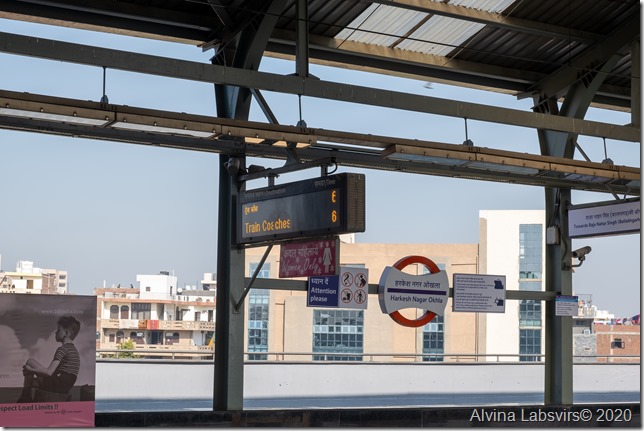
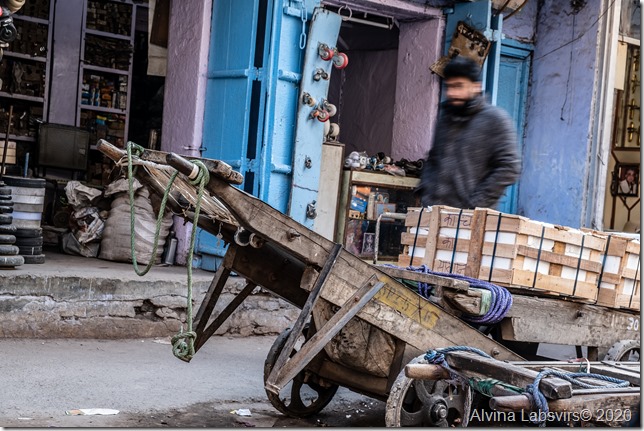
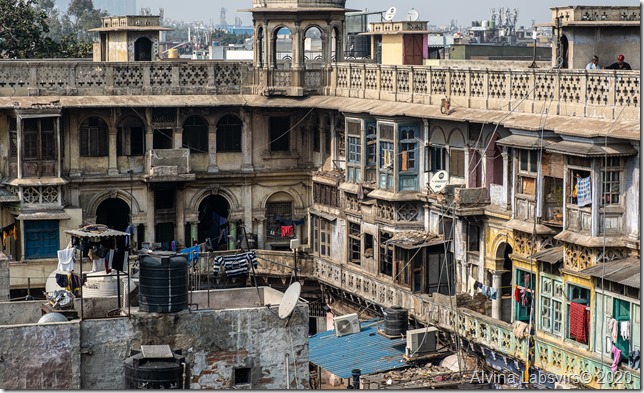
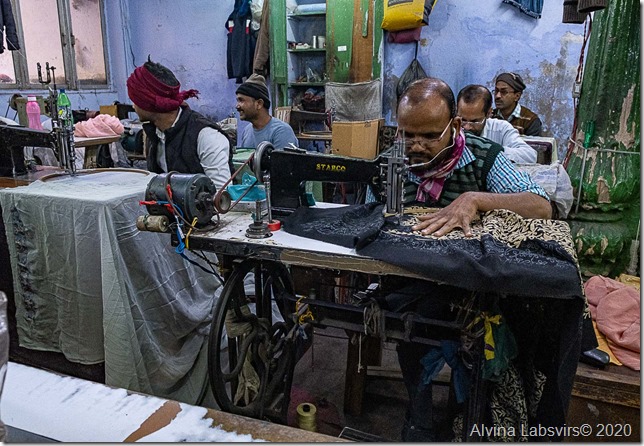
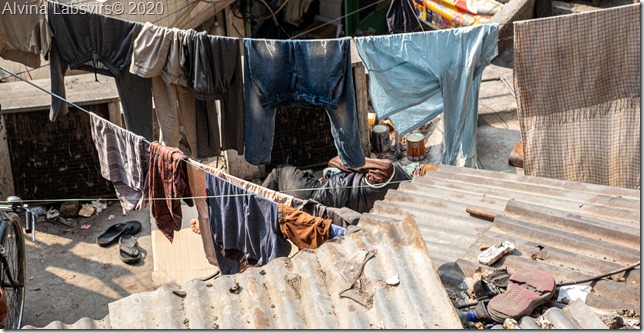
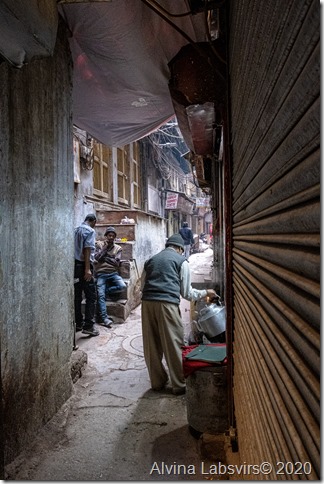

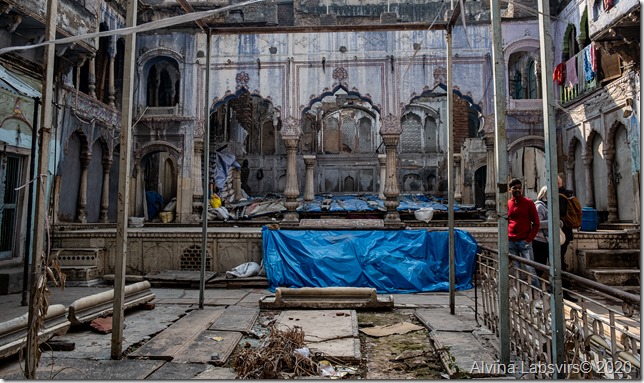
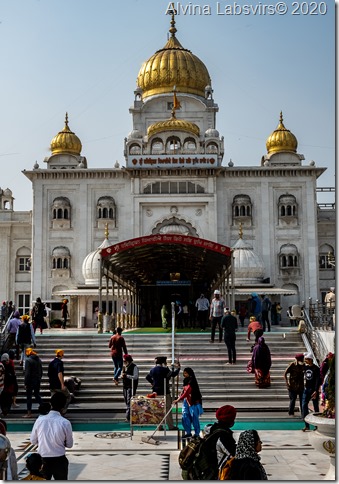
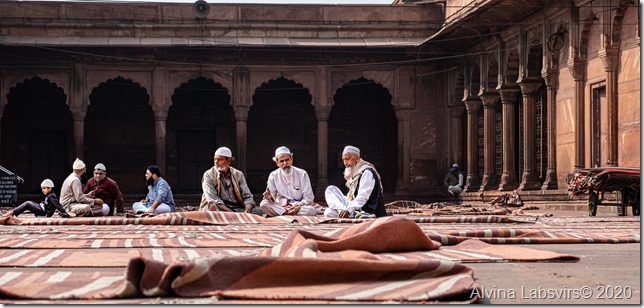
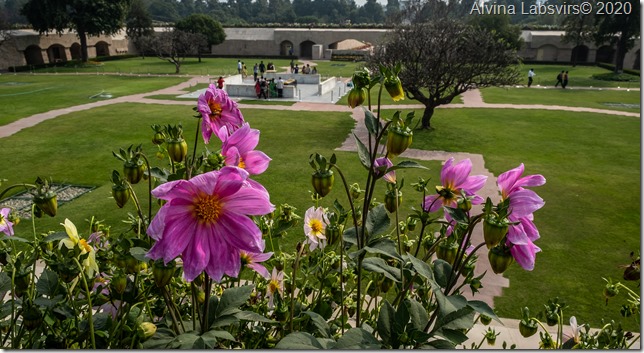
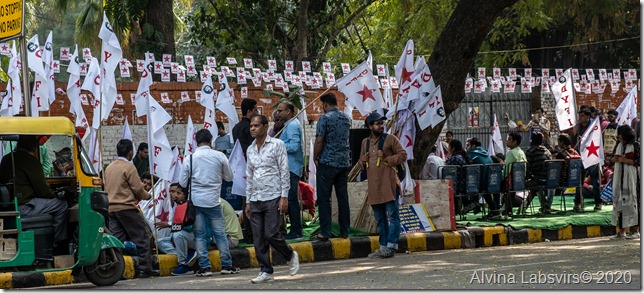
A very enlightening description of contemporary India: thanks Alvina.
Thank you
Enjoyed reading this – very descriptive and informative with some very useful hints tips and places to visit: thanks Alvina.